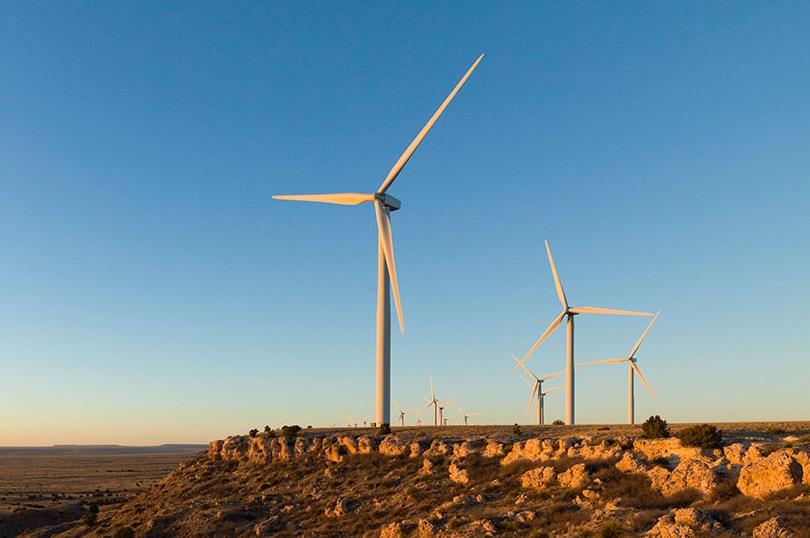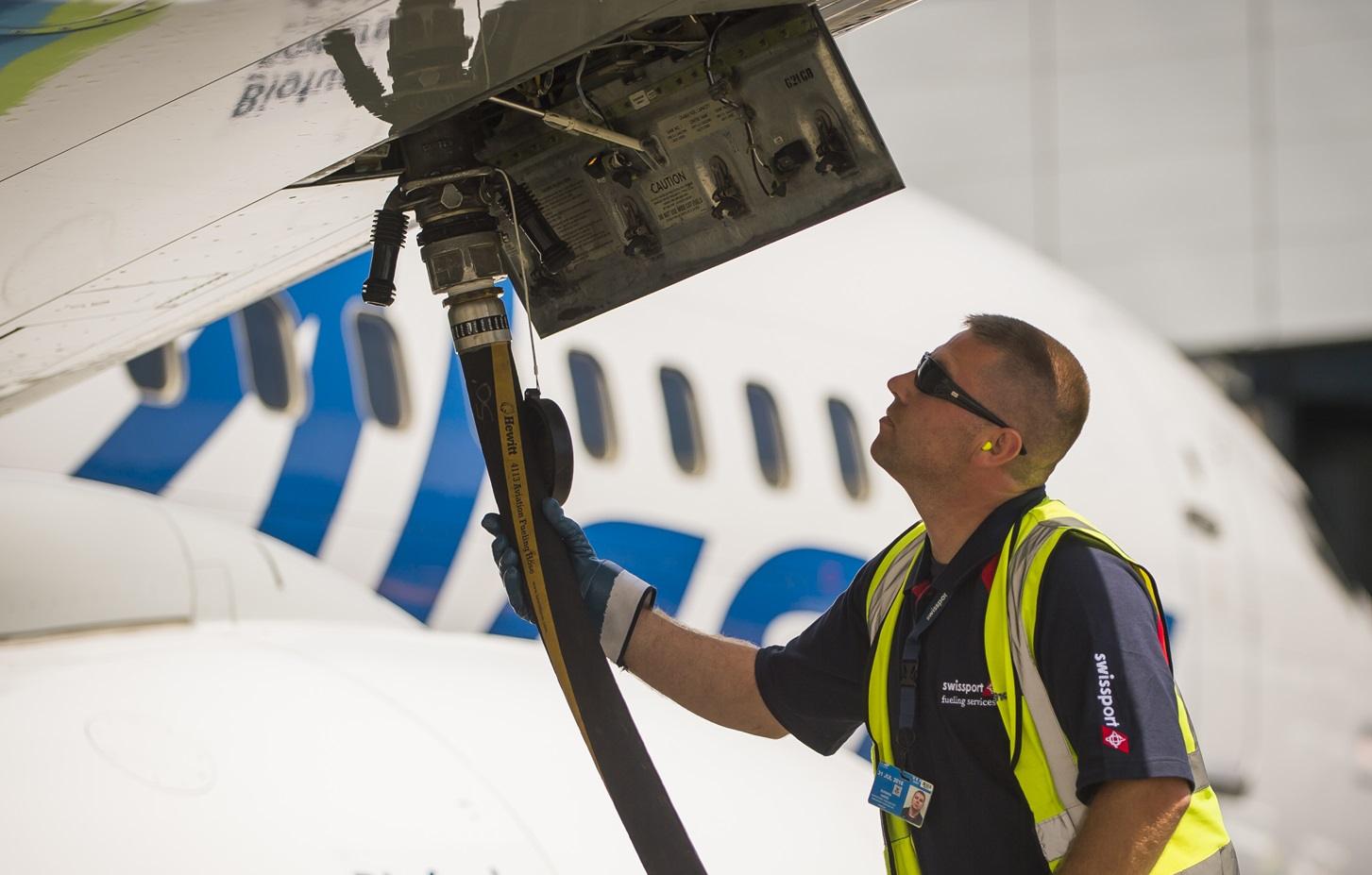Google Hits Milestones in Energy Tracking to Enable 24/7 Carbon Free Energy
Internet giant Google announced a series of accomplishments for its energy tracking and certification solution, Time-based Energy Attribute Certificates (T-EACs), one of the company’s key tools in enabling it to accomplish its goal to source 24/7 carbon-free energy for operations by 2030.
T-EACs are instruments that track how and where electricity is produced and certify specifically when that electricity was produced. Google piloted the solution last year in some of its data centers to provide an hourly approach for verifying clean energy matching.
Today, Google revealed that it has expanded the use of hourly certificates more broadly across the company, and outside of Google as well. The company also said that it is accelerating the development of tools and systems to unlock energy data and hourly matching, and creating technical standards to drive the widespread adoption of T-EACs.
According to Google, when fully developed and deployed, T-EACs will help the company achieve its 24/7 carbon-free target. Additionally, T-EACs will also generate insights about the availability of carbon-free energy on electricity grids during every hour of the day.
This information will enable energy consumers to better understand their energy use and empower governments and system operators to develop more rapid decarbonization strategies. Additionally, it will also and create price signals that stimulate new investments into technologies and projects that deliver carbon-free energy.
Google also announced partnerships with registries around the world, in order to foster the capability to issue or track clean energy certificates on an hourly basis.
In a blog post reporting the progress towards around-the clock carbon-free energy, Maud Texier, Head of Energy Development at Google said:
“We are excited to see what the future holds for hourly certificates, and hopeful that these instruments will accelerate the adoption of 24/7 carbon-free energy and the decarbonization of electricity grids worldwide. In the meantime, we’ll continue to work with our partners to scale hourly certificates across our own portfolio, to ensure we meet our goal of running our global operations on 24/7 carbon-free energy by 2030.”





